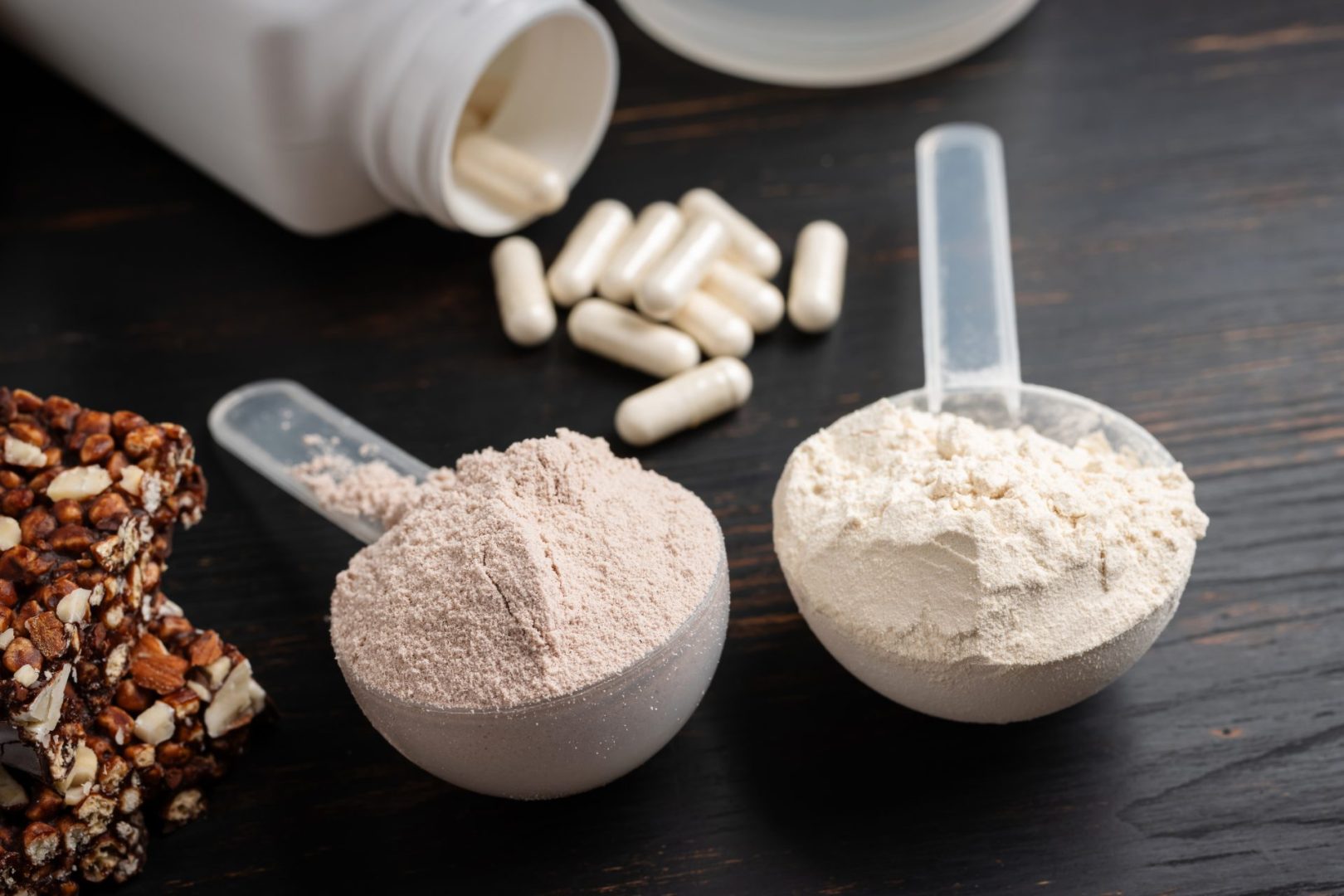The fitness supplement industry continues to evolve, but few products have maintained their reputation for effectiveness quite like creatine. This powerhouse compound has transformed countless workout routines and helped millions of people achieve their strength and muscle-building goals. However, choosing between creatine powder and pills often leaves fitness enthusiasts confused about which option delivers the best results.
Understanding the fundamental differences between these two popular forms becomes crucial for maximizing your investment in both time and money. While both versions contain the same active ingredient, their delivery methods, absorption rates, and practical applications vary significantly enough to impact your overall fitness experience.
The decision between powder and pills extends beyond simple preference, involving considerations about your daily routine, budget constraints, fitness goals, and personal tolerance for different supplement formats. Making an informed choice ensures you get the most value from your creatine supplementation while avoiding common pitfalls that can diminish results.
Understanding creatine’s role in fitness performance
Creatine naturally occurs in muscle tissue, where it plays a vital role in energy production during intense physical activity. This compound helps regenerate adenosine triphosphate, the primary energy currency your muscles use during explosive movements like weightlifting, sprinting, and high-intensity interval training.
Most creatine supplements utilize creatine monohydrate, which represents the most extensively researched and proven form available. This version has demonstrated consistent benefits across numerous studies, including increased muscle mass, improved exercise performance, and enhanced recovery between workout sessions.
The supplement works by saturating your muscle cells with creatine phosphate, creating larger energy reserves that can be rapidly accessed during demanding physical activities. This saturation process typically takes several days to weeks of consistent supplementation, regardless of whether you choose powder or pill format.
1. Absorption speed creates dramatic performance differences
The speed at which your body processes and utilizes creatine varies significantly between powder and pill formats, creating meaningful differences in how quickly you experience benefits from supplementation.
Creatine powder dissolves completely in liquid, allowing for immediate absorption through your digestive system. This rapid dissolution means the active ingredient reaches your bloodstream faster, potentially providing quicker saturation of muscle tissue and earlier onset of performance benefits.
Pills require additional time for your digestive system to break down the capsule or tablet coating before the creatine becomes available for absorption. This extra step can delay the supplement’s effectiveness by 30 to 60 minutes compared to powder forms, potentially impacting pre-workout timing strategies.
The absorption difference becomes particularly relevant for people who take creatine immediately before exercise sessions. Powder forms allow for more precise timing of peak blood creatine levels, while pills require earlier consumption to achieve similar pre-workout benefits.
2. Cost analysis reveals significant long-term savings potential
Financial considerations often influence supplement choices, and creatine presents a clear cost differential between powder and pill formats that can impact your long-term fitness budget substantially.
Creatine powder typically costs significantly less per serving than pill equivalents, especially when purchased in larger containers. The manufacturing process for powder requires fewer steps and materials, allowing companies to offer more competitive pricing while maintaining profit margins.
Pills involve additional production costs including capsule materials, specialized equipment for filling and sealing, and often more expensive packaging requirements. These factors contribute to higher retail prices that can double or triple the cost per gram compared to powder alternatives.
Over the course of a year of consistent supplementation, the price difference can amount to hundreds of dollars for serious fitness enthusiasts. This cost differential becomes even more pronounced for people who require higher daily doses or prefer premium brands with additional quality certifications.
3. Dosage flexibility transforms supplementation strategies
The ability to customize your creatine intake based on individual needs, body weight, and training intensity varies dramatically between powder and pill formats, affecting your ability to optimize results.
Powder forms allow precise measurement of your desired dose, enabling you to adjust intake based on training cycles, body weight changes, or specific performance goals. This flexibility proves particularly valuable during loading phases when higher doses are recommended, or when tapering intake during deload periods.
Pills come in predetermined doses that may not align perfectly with your individual requirements. Standard capsules typically contain 3 to 5 grams of creatine, which may be too much or too little for your specific needs. Adjusting intake requires taking partial pills or multiple capsules, both of which can be inconvenient and imprecise.
The customization advantage of powder becomes especially important for athletes who need to fine-tune their supplementation based on competition schedules, training periodization, or recommendations from sports nutritionists who prefer individualized dosing protocols.
4. Convenience factors dramatically impact consistency
Daily supplementation consistency plays a crucial role in creatine effectiveness, making the practical aspects of each format important considerations for maintaining long-term adherence to your supplementation routine.
Pills offer unmatched convenience for busy lifestyles, travel situations, and on-the-go supplementation needs. They require no preparation, mixing, or additional equipment, making them ideal for people with unpredictable schedules or limited access to liquids for mixing purposes.
Powder requires access to liquids for mixing and may involve carrying measuring tools or pre-portioned packets when away from home. This preparation requirement can become a barrier to consistent use, particularly during travel or extremely busy periods when convenience becomes paramount.
However, powder forms integrate easily into existing routines like post-workout protein shakes or pre-workout beverages, potentially improving consistency by combining multiple supplements into a single preparation step. This integration can actually enhance adherence for people who already maintain regular supplement mixing routines.
5. Digestive tolerance varies significantly between formats
Individual digestive responses to creatine supplementation can influence both comfort and effectiveness, with notable differences between how powder and pill formats affect gastrointestinal systems.
Some people experience digestive discomfort including bloating, cramping, or diarrhea when consuming creatine powder, particularly during loading phases or when taking larger single doses. The rapid absorption of dissolved creatine can sometimes overwhelm digestive processes, leading to temporary discomfort.
Pills may reduce digestive side effects for sensitive individuals because the slower release allows for more gradual absorption that doesn’t shock the digestive system. The encapsulation process can also protect the stomach lining from direct contact with concentrated creatine.
However, some people find that pills cause different digestive issues, including difficulty swallowing multiple capsules or stomach irritation from tablet coatings and binding agents. Individual tolerance varies considerably, making personal experimentation often necessary to determine the most comfortable format.
Making the optimal choice for your fitness journey
Selecting between creatine powder and pills requires honest assessment of your priorities, lifestyle constraints, and individual response patterns to different supplement formats.
Choose powder if you prioritize cost-effectiveness, need dosage flexibility, want faster absorption, and don’t mind the preparation requirements. This format works particularly well for people who already mix other supplements or protein shakes regularly and value the ability to customize their intake precisely.
Select pills if convenience and portability are your primary concerns, you prefer consistent pre-measured doses, or you experience digestive discomfort with powder forms. Pills excel for busy professionals, frequent travelers, and people who prefer simplicity in their supplementation routines.
Regardless of your choice, consistency remains the most important factor in creatine effectiveness. The format that you’ll actually take daily without fail is ultimately the best option for achieving your fitness goals. Both powder and pills can deliver excellent results when used consistently as part of a comprehensive training and nutrition program.
Remember that creatine supplementation requires patience, as muscle saturation takes time regardless of format. Focus on establishing a sustainable routine with whichever form fits your lifestyle best, and allow several weeks for the full benefits to become apparent in your training performance and recovery.


















